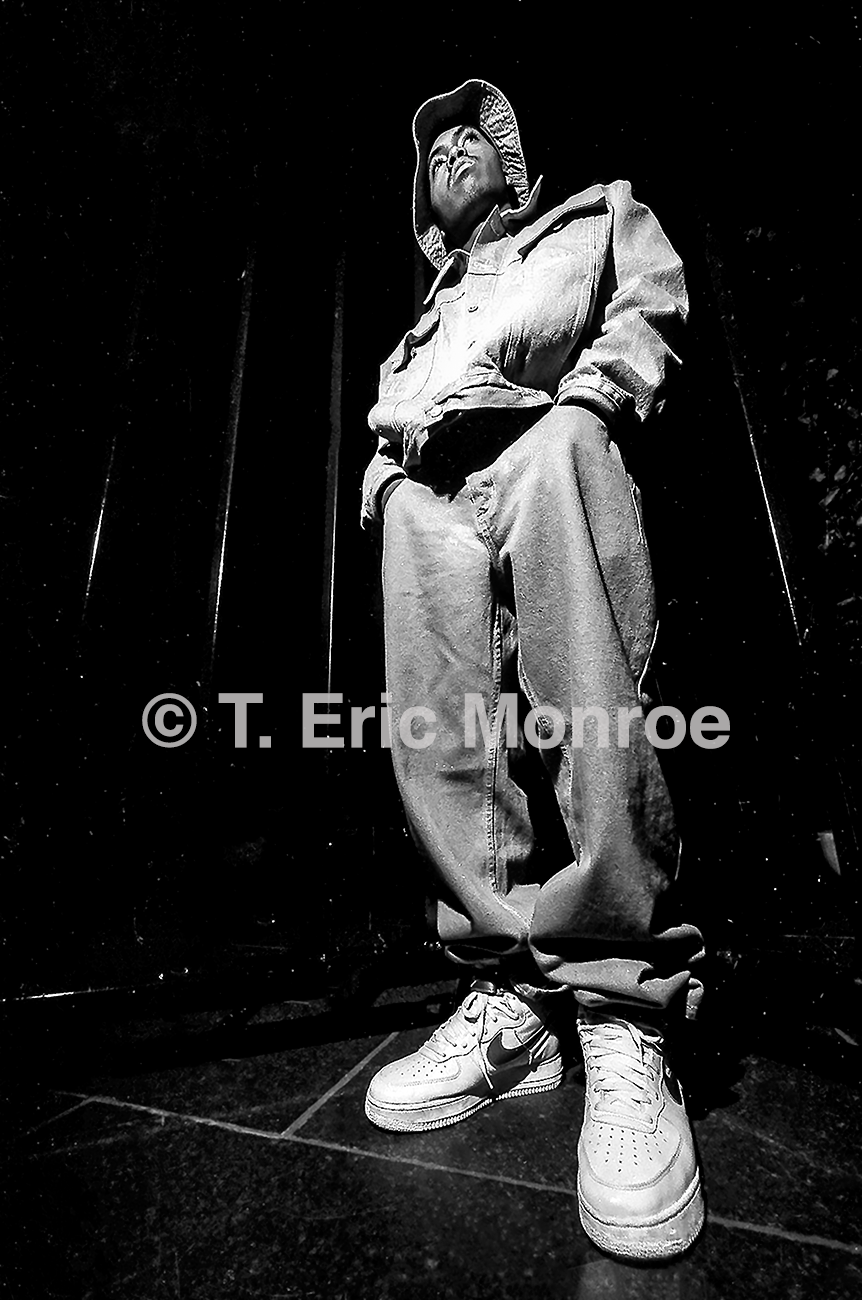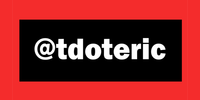The Moment : Nas, Tall & Strong

Nas Tall & Strong
September, 1994
Background
I was invited to photograph Nas on spec for Thrasher Skateboard Magazine. At that time, Thrasher’s Music Editor was Brian Brannon (of the band Jodie Foster’s Army, aka JFA). Brian and I had worked out a deal. If I could shoot a group or artist, then write the companion article, he would publish it, provided there was space in the magazine.
I knew very little about Nas personally. I liked his new album, Illmatic. THE album of Fall ’94, it received a “five microphone" (best rating) review in The Source Magazine (the leading publication for hip hop at the time).
The Photo Moment
My scheduled time to photograph Nas was late afternoon/early evening. I remember the street lights were on, certain light fixtures that only came on when it is evening were illuminated as well.
I met Nas and Columbia Records' Director of Promotion in the offices at the Sony Music building at 550 Madison Ave (Madison between 55th & 56th Streets). We then went down to the street to find a location to shoot.
My equipment was extremely basic. A Canon AE1 Program (an all manual film camera). A Tamron 28–70mm lens. Two battery-operated flashes. No studio lighting or equipment. No light meters. No polaroid or instant capture to test the lighting.
We walked down two or three blocks, made a right and walked a little more. I found an inset area for people to sit, get away. A gated mini-park with a sign stated a closing time of 10:00pm.
As we walked into this park, there was a large wall slab of concrete with graffiti on it. To me, it seemed set in the park as a display. I didn’t think much of it at the time.
I got my equipment set-up. One flash set on a 4’ concrete pillar within the park. The other flash I connected to my camera using a 6-foot cord; this way I could manually hold the flash with my left hand — out and away from the camera — yet point the flash at him. The flash on the 4’ tall concrete pillar had a connected device that would sync to the flash that I manually controlled.
I did not know Nas directly, nor know enough about him to conjure what he typically looked like in photograph. I didn't have a pre-conceived subject. I wanted to capture him as he was, in the moment. Nas has a strong, quiet presence. Watching and observing from non-traditional angles allowed me to see different perspectives, different ways to allow him to tell a story without saying a word. I never directed his movements or actions. I just watched, observed, and captured.
We shot a few frames in front of the gate, then moved by the concrete graffiti-covered wall. When Nas stood in the center section, I moved my flashes to where I thought I needed light to fill-in without taking away from the space that was there.
Once ready, I just observed him, no words spoken. Took a picture here and there. I was shooting film and I only had two rolls to shoot him: one color slide film and one roll of black and white negative film. It was more than enough (36 shots per roll), but I used the shots judiciously.
We shot for maybe a total of 15 minutes in front of this wall. I knew I had the shots I needed. I looked to him and said, “We’re good.” Meaning we were done; we could head back to Columbia Records.
As I was packing up and ready to exit the gate, I noticed a sign that made mention of the wall. It was a section of the Berlin Wall that had been shipped to New York City and put on display in this nonchalant little park off of Madison Ave.
